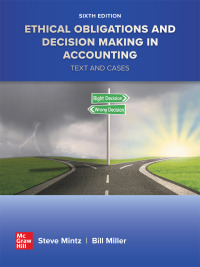Answered step by step
Verified Expert Solution
Question
1 Approved Answer
The comparative statements of Sunland Company are presented here. SUNLAND COMPANY Income Statements For the Years Ended December 31 2022 2021 Net sales Cost of



Step by Step Solution
There are 3 Steps involved in it
Step: 1

Get Instant Access to Expert-Tailored Solutions
See step-by-step solutions with expert insights and AI powered tools for academic success
Step: 2

Step: 3

Ace Your Homework with AI
Get the answers you need in no time with our AI-driven, step-by-step assistance
Get Started


